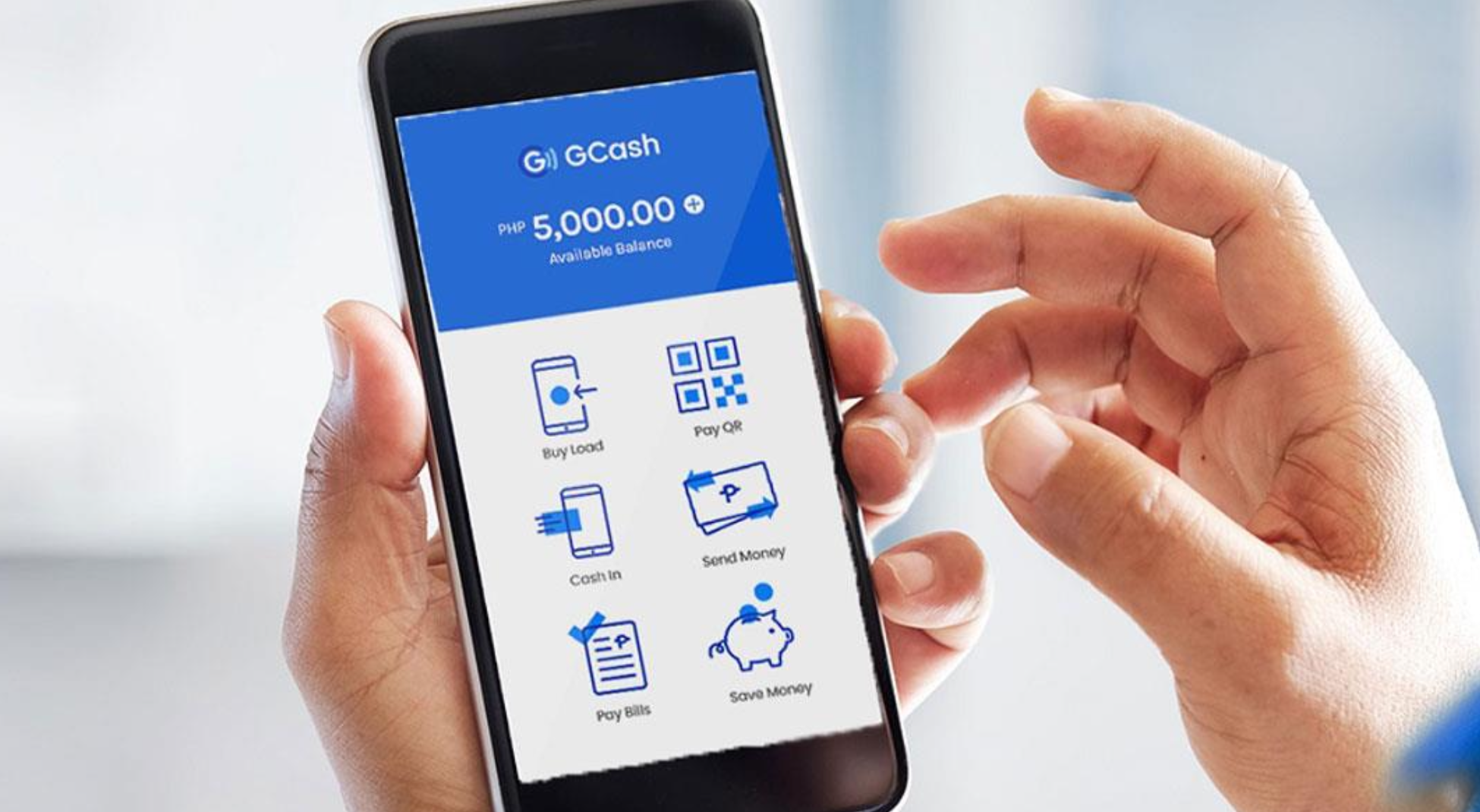
Telecom customer experience: four data analytics use cases to improve CX
This article illustrates how customer experience in telecoms can be improved using data analytics methodologies with four use cases.
Telcos are lagging other industries when it comes to providing an optimum customer experience, with Big Tech raising the bar, driving up customer expectations. Telcos must act quickly to prevent customer churn and dissatisfaction and can build on their recent investments in data aggregation and analytics. With this foundation in place, telcos can leverage data analytics technologies to improve customer loyalty and outperform their competitors. Aside from reducing the chance of customer churn, a more loyal customer base allows telcos to make better decisions bringing new products to market, increasing the chance of success and accelerating innovation.
What contributes to telecoms customer experience?
Customer experience extends beyond customer service and can be improved across the entire customer journey, from pre-sale, purchase, and billing through to the moment a customer considers leaving. At each stage of the customer journey, the features of customer experience will vary but several principles are pertinent: accessibility, performance, pricing, choice, and customer service. Customers will experience this journey in different ways, with multi-facetted expectations, emphasising the importance of personalisation across the lifecycle, which can be unlocked by enhanced data analytics and micro-segmentation of customer groups.
Which data analytics tools are available and which data categories can offer telcos value?
Data analytics methodologies continue to mature, with A3 (analytics, automation and artificial intelligence) becoming increasingly commonplace across industries. Analytics involves transforming data into information and insights. Automation refers to switching tasks from manual processes to those directed by code. Artificial intelligence (AI) is a blanket term that includes machine learning (ML) for technologies that can learn, improve themselves and generate insights from massive data sets. In the context of A3, automation enables the analytics, whilst AI actually performs the analytics.
Used wisely and within GDPR guidelines, data supplies telcos an edge in an increasingly commoditised market. Relevant data can be split into two categories, customer and non-customer data. Customer data includes categories such as: home location, geographical footprints, network traffic, etc. It can be sourced from the telco or from external sources such as social media providers. Non-customer data is typically sourced online and extends as far as the imagination. Competitor pricing, local demographics, weather patterns, among many other categories which could offer telcos value.
4 use cases for data analytics to improve telecom customer experience

1. Network optimisation to improve performance and reduce outages
Using artificial intelligence to develop predictive network demand models, can aid with investment planning and prioritisation of upgrades to the network. External data can supplement these models with geographical trends that are outside of customer data, such as local population growth. Upgrades to performance can be catalysed by developments in vRAN and Open RAN which should hopefully allow for more efficient prioritisation of network resources in specific localities. This, in turn, will improve customers’ network experience and ensure it is consistent regardless of where they are.
2. Predictive care in customer service
Predictive care involves responding to customer experience problems in a proactive, rather than reactive way. If they can predict problems, telcos can intervene before customers have to engage their provider themselves. This can eliminate uncertainty experienced by customers when their services aren’t functioning as expected, allowing them to adjust their plans if necessary. One example could be a text notification advising that there is a mid-week sports event, and services are likely to be limited due to an unusual strain on the network. This would be enabled via an ML algorithm that is designed to identify events that impact the network, coupled with footfall data and internet sources to identify events and locations. This would also help the telecoms operator by reducing the number of call enquiries from customers on the issue they face and therefore reducing costs in customer services.
3. Reduced customer churn using advanced analytics
Advanced analytics using vast customer data sets can uncover insights that would be impossible to find using traditional customer surveys or analytics methods. They expand the sample size of customers, increase the volume of data used in the analysis, and enable a deeper understanding of factors that customers struggle to articulate when considering leaving. Using A3 on data, including usage patterns, pricing, competitor promotions, allows the identification of micro-segments of customers who are at risk of leaving. This enables telcos to take preventative action to solve the customer’s problems before they even materialise.
4. Upselling and product development
Gaining a deeper understanding of customer needs using advanced data analytics, can also be used to upsell to existing customers. Micro-segmentation into groups of users with different usage and travel habits, can enable automated upselling practices using digital channels, such as text messaging and email. One example could be a segment of customers with broad geographical footprints and erratic travel habits. Advanced analytics platforms can identify these customers and automate a marketing email that promotes a 5G dongle and data plan that can be used for laptops and other devices. These insights can improve the customer experience by selling them more relevant products but can also be used by product development teams to create and validate new product ideas.

Key takeaways
There is a compelling case for telcos to continue to upgrade their data analytics practices to improve customer experience. Three strategic imperatives that can amplify the magnitude of success are:
- Focus investment on solutions in the areas of the customer journey where analytics offer the most financial benefit, with in-life usage and customer support presenting the most benefit.
- Make competitive offers to hire top data scientists, taking advantage of the shifting sentiment against Big Tech companies.
- Collaborate with experts and invest in good data management practices to ensure that the quality and quantity of data is maintained.
Download this article as a PDF
Read more about consumer services
Consumer insights pack
This document will provide you with a summary of our insights from our consumer services work
What is smart Wi-Fi?
Smart Wi-Fi refers to the use of capabilities in the Wi-Fi system that enhances the network service (reliability, availability and latency).
What is GCash?
In this article, we explore some of the reasons why GCash has become so successful and the ongoing challenges they will face.
Augmented reality use cases: Unlocking consumer experiences
This article examines the impact of AR in two key consumer domains – live events and commerce – and judges where telcos fit in.




